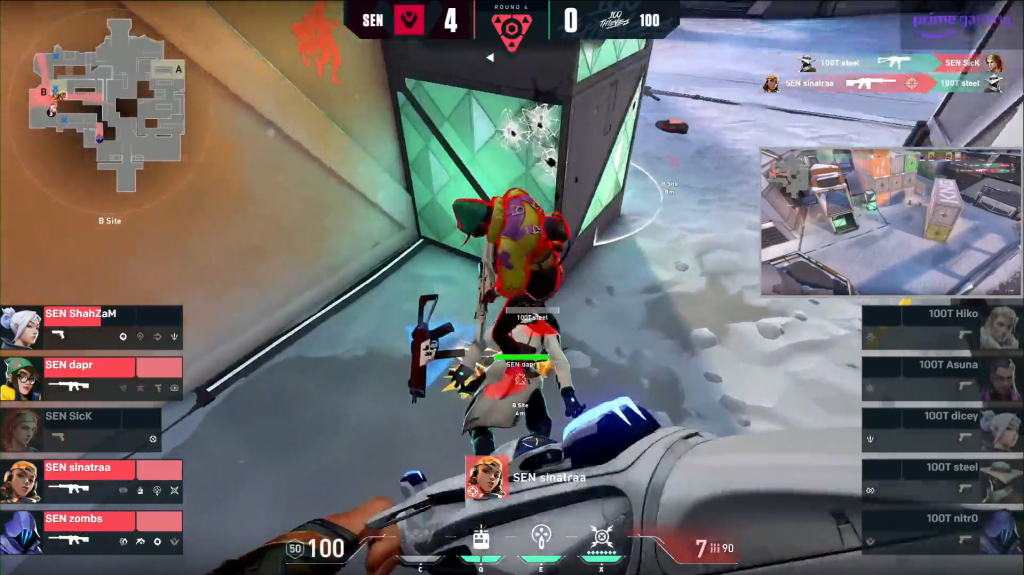


My computer was just unfortunately not that strong enough so I couldn’t really compete sadly. “I took a year or so of a hiatus at the time CS:GO came out because I couldn’t actually run the game. Highlight video from Seb’s days as an original CS/1.6 player However, as CS transitioned to Global Offensive in late 2012, Seb’s career was unceremoniously brought to a standstill. ”Ĭonsidering his inexperience at that time, capturing tourneys and pocketing small patches of money for any green player was a stupendous achievement to fulfill, and as a result of achieving them, Seb developed an insatiable desire for competition and success. Eventually, I worked my way up into playing in the Invite Division in Season 11. “I pretty much have been playing competitively for more than I’d like to admit, a little more than half my life, I guess you could say,” said Seb of his past. Under their affiliation, Seb nearly rose to the forefront of the North American Valorant scene by capturing a set of invitational tournaments and being within a few wins shy of qualifying for Masters: Reykjavik, the first major international tournament hosted by the fledgling game.Īfter spending most of his early life playing the original CS game and its subsequent 1.6 version, Seb started his career as a teenage amateur and slowly built a profile with wins in local circuits and impressive 5th-6th placements in ESEA events such as Invite Finals Season 8. Shortly after dropping CS:GO, Seb joined Andbox, a New York City-based esports organization owned by a prominent investment fund and was recently boosted by Kevin Durant, a global basketball superstar. While in CS for a decade across a litany of teams, he played alongside a crowd of people with whom he would follow in Valorant.ĭoes Matthew “Wardell” Wu, Michael “dapr” Gulino, or Skyler “Relyks” Weaver ring a bell? Believe it or not, they were all once teammates of Seb in his CS days, be it for a short or long amount of time. Such an audacious career transpired for Sebastian “Seb” Bucki, a 30-year-old former Counter-Strike: Global Offensive player who switched to recently Valorant in the fall of last year. Their performance may seem meager when compared to the brash young player who hogs the attention by popping heads ad nauseum, but with the game sense and knowledge they’ve refined after years of experience, their contribution to a team can be equal if not greater than their junior counterpart.

That distinction is reserved for a crop of people whose connection to the game they’re specialized in is every bit as renowned as it is spirited.

There would be an analyst here, an assistant coach there, a director of player personnel some distance away, and a team founder over yonder. Once they reach that 30-year threshold, they would transition to something similar to an advisory role, staying within their game from a distance.
FIRST RADIANT PLAYER VALORANT NA PROFESSIONAL
For a professional esports player, it’s the startling indication of their retirement.Ī vast amount of players usually undergo their esports careers for a handful of years, with their decision to retire happening within their mid-to-late-twenties. It’s an age regarded by traditional athletes as the catalyst of decline from their peak physical condition.


 0 kommentar(er)
0 kommentar(er)
